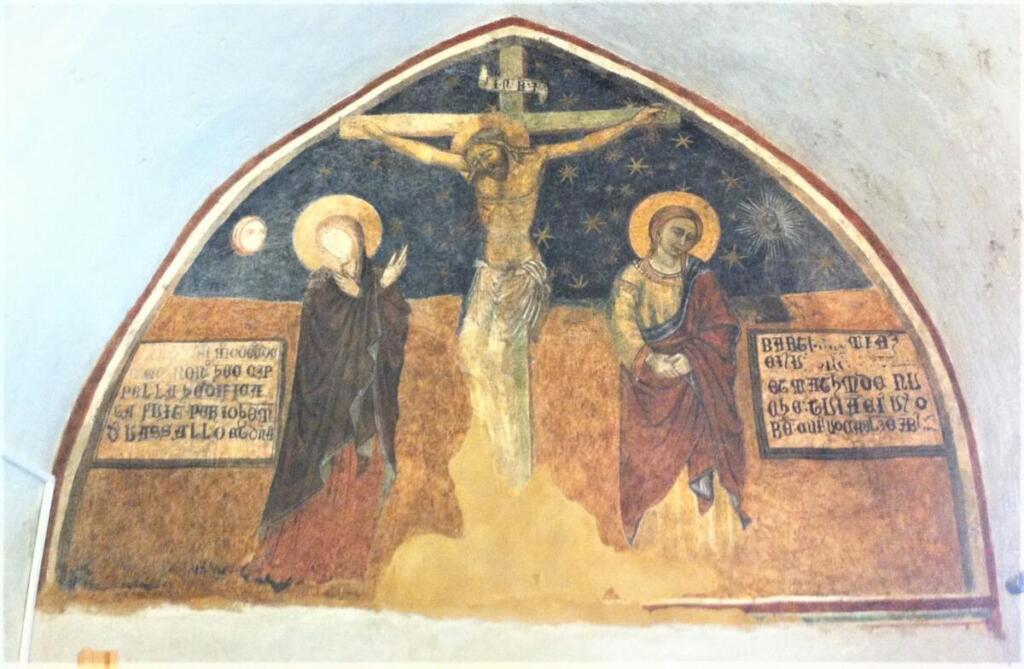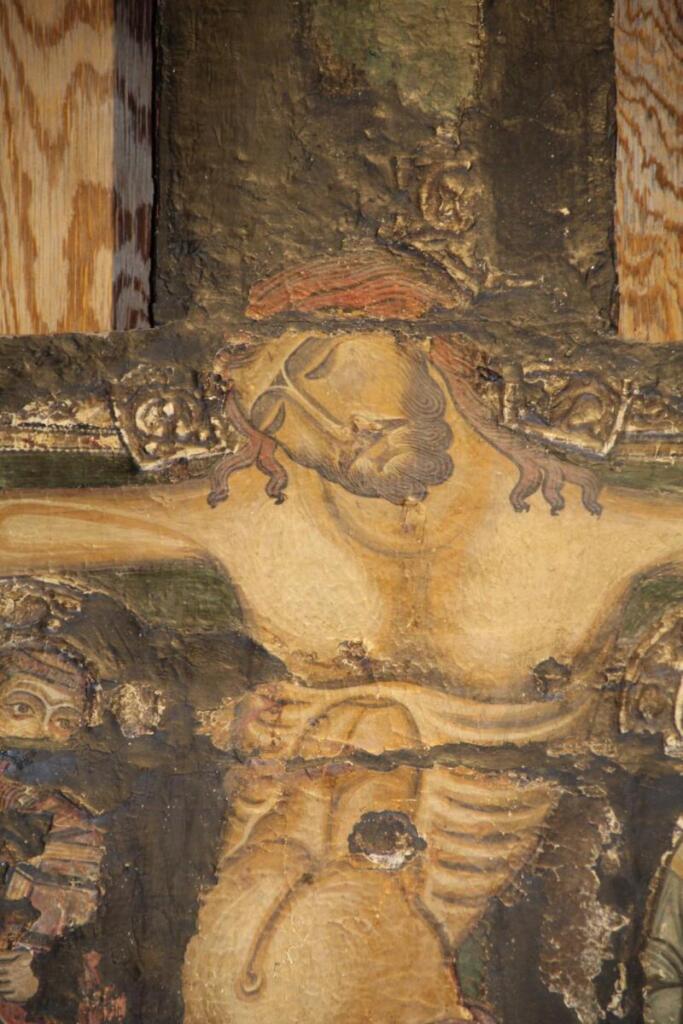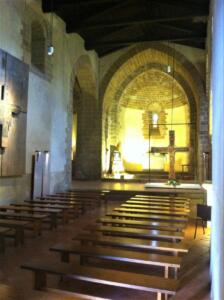The church of San Nicolo La Latina is the oldest in the city of Sciacca, tracing its foundation between 1100 and 1136.
It was founded by Countess Joseta, amiably called Giulietta Normanna, who was the daughter of Count Ruggero D'Altavilla. A romantic story is told of her. At the court of her father she pined for love for her cousin Roberto of Basville but this marriage "cannot happen", in fact it seems that it was forbidden to marry among blood relatives.
A romantic story is told of her. At the court of her father she pined for love for her cousin Roberto of Basville but this marriage "cannot happen", in fact it seems that it was forbidden to marry among blood relatives.
Between legend and history, it is said that the two lovers organized an elopement and found shelter at the Rocca Sant'Elmo in Sciacca, later called "Rocca della Regina".
In an ravine, according to oral histories handed down, Juliet gave birth to a child but they were destitute and lived with hardship..
A hermit friar from Monte San Calogero, informed of the story, took pity on the young lovers and decided to act as an intermediary at the court of Count Roger who granted forgive
With prior papal assent the two lovers crowned their dream with marriage.
Juliet had the city of Sciacca as a dowry and was its queen.
As a conscious and enlightened ruler she continued the foundation of Christian places of worship by founding three churches: San Nicolò la Latina, Santa Maria di Valverde known as "Giummare" and the cathedral dedicated to Santa Maria Maddalena.
Maybe just to atone for the sin of concubinage (cohabitation).
San Nicolò is located in the Arab district of Rabato, the heart of the Islamic community. The architecture is an original mix of Arab and Norman elements, and it is not excluded that Arab workers participated in the construction.
The stone used is a tufaceous outer structure with spicy ochre shades that at different times of the day in the facade gives surprising reflections of light.
The entrance catapults you as if by magic into ancient atmospheres. You want to see the light just before twilight that illuminates only the painted altars and crosses, you can see the bare walls covered with rare excerpts of frescoes. There is a sober and simple air of spirituality.
Going through the Latin cross plan with a single nave and placing your vision at the top you can see the Arab architectural elements in the double pointed arches of the central altar, the semi-dome, the splayed windows that refer to the typical openings of the mosques.
The trussed ceiling is in Byzantine style and was once entirely painted. Fortunately, two of its shelves retain an unequivocal trace and, among the painted decorations, you can see the crusader shield of the Templars! A possible passage of the mythical knights?
The undisputed protagonists are the painted crosses.
The original cross of the church is an authentic rarity dating back to the twelfth century and is counted among the oldest in Sicily. The style is a happy marriage of Byzantine, Tuscan elements without discarding probable local influences, and gives off "calamitous" light.
Another particular cross is double-sided, coming from the church of the Giummare and in the Easter rites it was rotated: on the front you can see the Cristo Patiens and on the other face the Risen Christ in a pantocratic (dominant) position.
The cross dates back to the 15th century and its style mixes Byzantine stylistic impressions, without excluding probable Spanish influences given the presence of the Aragonese here at that time. At a later time, in the fifteenth century the church was connected to an adjoining private chapel, it was assumed to be a cemetery, which later became a sacristy. Here is preserved, after a careful restoration, a fresco whose inscription places it in 1419 made by a painter "who came from Pisa".
At a later time, in the fifteenth century the church was connected to an adjoining private chapel, it was assumed to be a cemetery, which later became a sacristy. Here is preserved, after a careful restoration, a fresco whose inscription places it in 1419 made by a painter "who came from Pisa".
A crucifixion is depicted with Mary, Jesus and John and the three characters seem to be from different eras why? Open hypotheses ...
An opening by professionals on the occasion of a survey of a wall has brought to light the frescoed face of a probable Santa Scholastica. The wall is thought to be the rear so the chapel was on the same floor in direct contact with the church.
The church of San Nicolò la Latina is truly a treasure chest that opens to the surprise of anyone who wants to appreciate its precious jewels.
Pictures by Lucia Stefanetti







Follow us